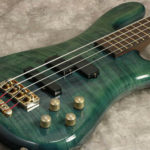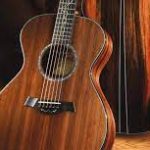
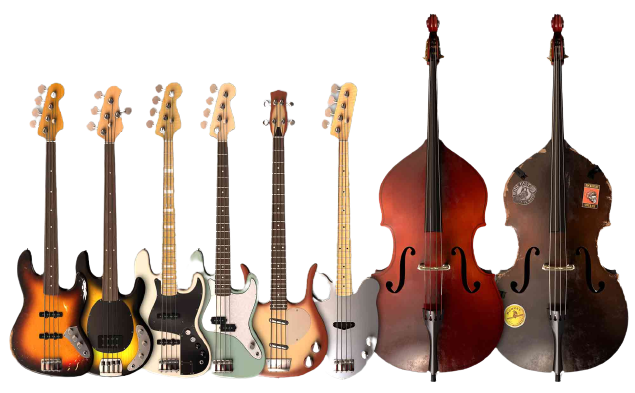
Types Of Bass Guitars
Bass guitars come in different shapes and sizes. If you are still scouting for your next bass, you have to know your options. Each type offers a specific sound quality that suits a wide range of music genres.
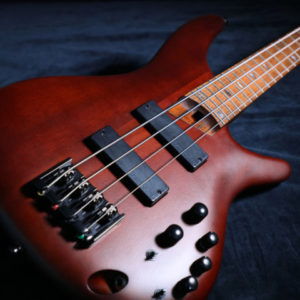
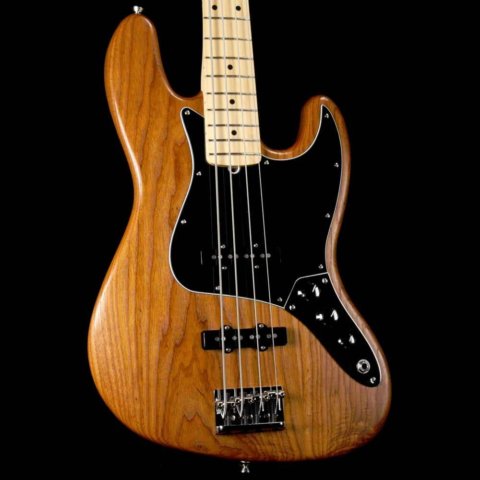
Regardless if you’re a beginner or an experienced bassist, it’s worth knowing the different kinds of bass guitars. In addition, you should understand each type, its characteristics, its purpose, and the way it sounds.
Electric Bass Guitar
Electric bass guitars are the most common type you’ll see. They are widely used in the music industry; in bands, orchestras, and theatrical productions. The electric bass is a very versatile. instrument.
There are different types of electric bass guitars. Each of these types are designed with built-in electronics that can be plugged into an amplifier.
The sound of the electric bass guitar can be altered by using different types of pickups and effects pedals. Pickups allow players to create a wide range of sounds that can be used in any music.
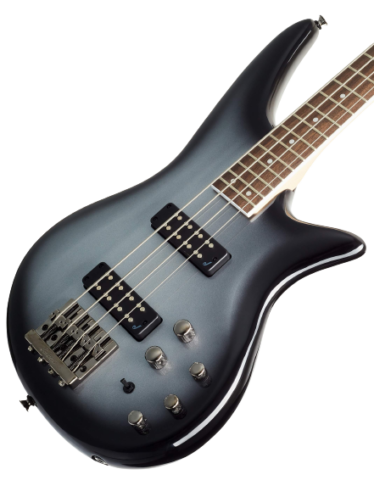
P-Bass Electric Bass Guitar
The Precision Bass is the first electric bass guitar to be ever made, courtesy of Fender. It typically uses a split-coil pickup on a cutaway body. P-Bass bass guitars are still a big hit nowadays due to its wide range of prices as well as sound versatility.
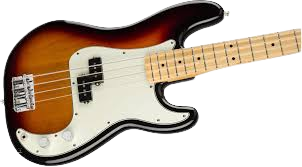
The P-Bass is ideal for beginners since it bears most of the features needed to learn the instrument. Also, it comes with two knobs dedicated to the volume and tone.
The P-Bass has larger frets, making it easier to learn, for beginners. It can be a little challenging to use for those with small hands and short fingers.
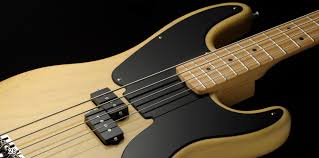
Overall, the P-Bass offers an excellent high and low range. If you’re looking for a cheaper model, you can search for a P-Bass that comes with a single-coil pickup. It has the humming noise, but not bad for beginners.
Jazz Electric Bass Guitar
Like the Precision Bass, this bass comes with a split-coil humbucker pickup. It’s made with the Jazz pickup near the bridge to suit the nature of jazz music, with its bright tone. It can also produce a punchy sound that makes it ideal for slap bass and modern music.
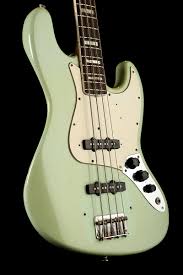
The Jazz electric bass guitar is designed with a slimmer neck. This can look attractive for beginners, but it’s important to note that the frets have smaller gaps.
This design is made for a faster fretting technique, typical for a jazz music piece. Since it has closer increments, you can achieve brighter tones for a wide range of music genres.

Violin Bass Guitar
Violin bass guitars are unique because they borrow some of the physical features of a violin. Unlike other electric bass guitars, the violin bass guitar has a hollow body that resembles a double bass.
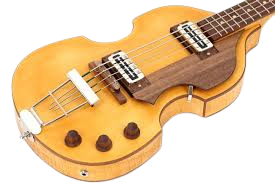
The music brand Hofner is one of the pioneers for this kind of electric bass. The sound of this instrument is somewhat similar to an upright double bass. However, it can’t be a substitute to a double bass because it lacks the tonal variety. The violin bass also lacks the punch and power for metal or heavy rock music.
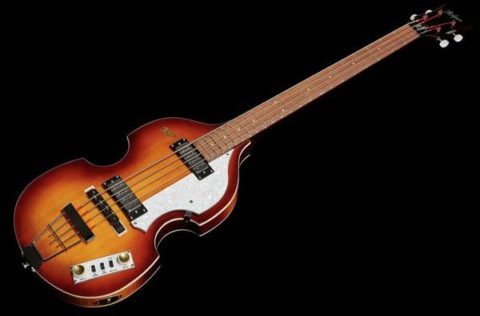
The Hofner violin bass was first introduced in 1955 and has gained popularity when Paul McCartney used it as a primary bass for The Beatles.
Nowadays, band bassists rarely use this type because it doesn’t offer as much versatility as a P-Bass or a jazz bass guitar.
Fretless Bass Guitar
Fretless bass guitars aren’t new, but the market isn’t saturated with it yet. This bass is made for the expert bassist who has a good ear. Since it doesn’t have frets, the player should have a good ear to play accurate notes.
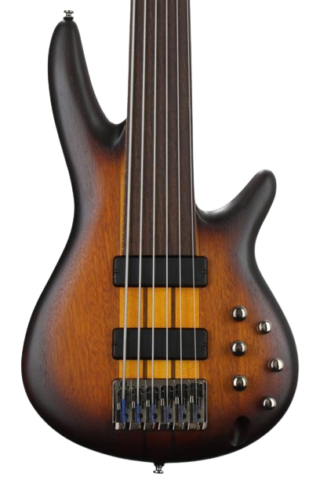
The best thing about fretless bass guitars is it allows the player to produce smooth, flowing sounds. Somehow, it resembles a double bass, but with a modern and versatile touch. Fretless bass guitars allow you to produce sliding harmonics, which is a unique sound.
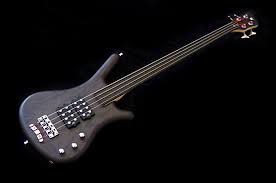
Fretless basses can be used in modern bands because they offer total control of tone. If the bassist’s strings become a little off-tune, he or she can compensate by adjusting the playing finger up or down. Again, this requires a good ear.
Fretless bass guitars aren’t for everyone, especially beginners.
Short-Scale Bass Guitar
The short-scale bass can be a P-Bass or jazz bass. The only difference is that it has a shorter scale or the distance between the bridge and the nut.
Short-scale bass guitars can be between 30 to 32 inches. In comparison, standard bass guitars have a scale of 34 inches and up to 36 inches for long-scale types.
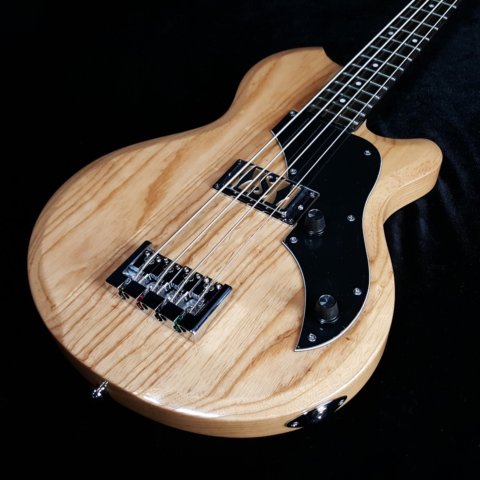
This type of bass guitar is often given to beginners as well as young players. Shorter adult players may thrive in short-scale bass guitars.
It has fewer frets, so a level of versatility has been removed. Instead, the smaller size allows ease of use and a lighter weight.
Beginners can transition to a standard scale bass, once they have learned the basics. Short scale basses are limited to a smaller tone range.
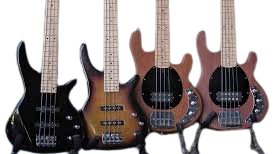
Fretless basses can be used in modern bands because they offer total control of tone. If the bassist’s strings become a little off-tune, he or she can compensate by adjusting the playing finger up or down. Again, this requires a good ear.
Fretless bass guitars aren’t for everyone, especially beginners.
Acoustic Bass Guitar
An acoustic bass guitar is a type of bass guitar that uses only an acoustic soundboard to amplify the strings’ vibrations. Unlike electric guitars, which rely on pickups and an amplifier to create their sound, acoustic guitars use only their strings and the soundboard of the guitar itself to make noise. The acoustic bass guitar is a versatile instrument that can be played solo or as part of a band or orchestra.
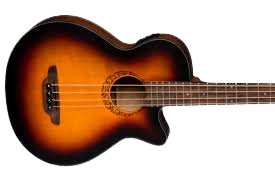
The acoustic bass guitar has a long history. It was first used in the 1500s in Spain and then spread to other parts of Europe. The acoustic bass guitar was first used in the United States in the early 1800s. It became popular in jazz and blues music in the early 1900s. The acoustic bass guitar is still used today in many genres of music.
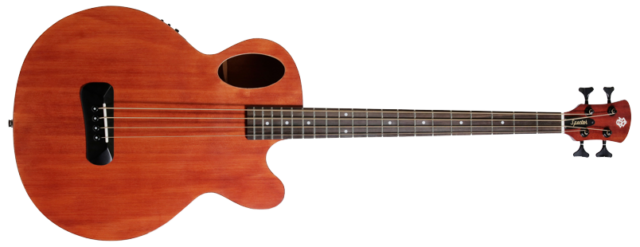
There are many different types of acoustic bass guitars on the market, from small and easily portable instruments to massive guitars designed for live performances. Acoustic bass guitars come in a variety of shapes and sizes, and the type of guitar you choose will depend on your personal preferences and playing style.
Stand-Up Bass Guitar
A stand-up bass guitar (also called a double bass, upright bass, or contrabass) is an acoustic stringed instrument that is played standing up or sitting on a stool. The player plucks the strings with their fingers or uses a bow.
The stand-up bass guitar is the largest and lowest sounding member of the string family. It has a deep, rich sound that is perfect for genres like jazz, blues, and rockabilly.
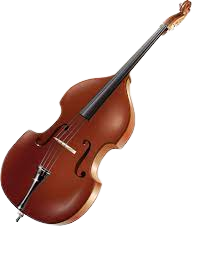
The stand-up bass guitar has a long and rich history. It is believed to have originated in Italy in the 16th century. The first stand-up bass guitars were made in the early 1800s. These early instruments were called violoncellos and were played with a bow.
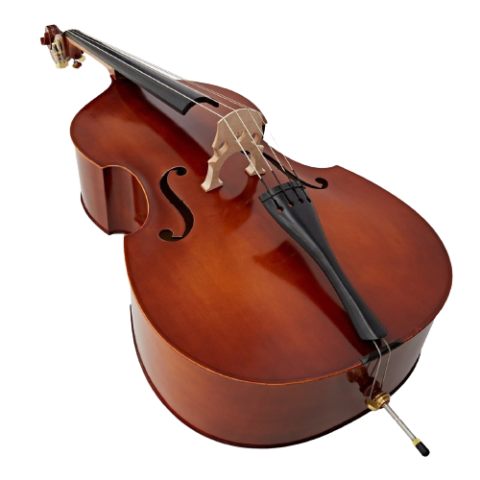
The stand-up bass guitar remained unpopular until the early 1900s when jazz and blues bands began using them. The deep, rich sound of the stand-up bass guitar was perfect for these genres. Today, it is one of the most popular acoustic stringed instruments in the world.
Long Scale Bass Guitar
The long-scale bass guitar is a type of bass guitar that has a longer neck than a standard bass guitar. This makes the instrument more suitable for playing lower notes, as the strings are under less tension. The extra length also gives the player more room to finger each note, making it easier to play complex passages.
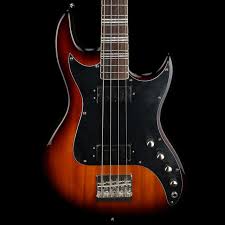
The long-scale bass guitar is becoming increasingly popular among musicians, as it provides a greater range of tones and allows for more intricate playing. The instrument is well-suited for both studio work and live performances and can be used in a wide variety of genres, from country to metal.

Some of the key features that distinguish a long scale bass guitar from other types of bass guitars include:
The length of the neck can be up to 34 inches.
The number of frets is usually 21 or 22.
The string gauge is typically heavier than on a standard bass guitar.
The type of pickups can be either single or dual coil.
Hollowbody Bass Guitar
This type is hollow on the inside similar to an acoustic guitar, much lighter but also a greater chance of feedback. These bass guitars are usually incredible for unplugged playing and are somewhat lighter than their solid body counterparts. One of the most famous Hollowbody bass manufacturers is Hofner.
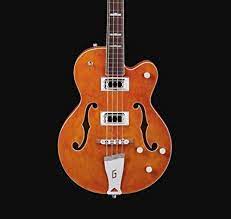
The long-scale bass guitar is becoming increasingly popular among musicians, as it provides a greater range of tones and allows for more intricate playing. The instrument is well-suited for both studio work and live performances and can be used in a wide variety of genres, from country to metal.
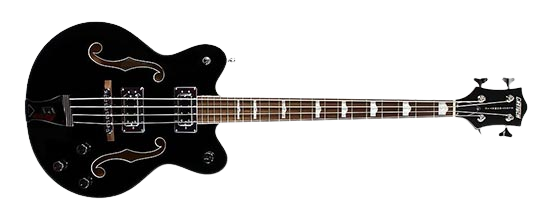
There are also semi-hollow basses that are something in between a solid and a hollow body bass. The sound on these basses is warm and earthly. They offer great versatility in playing.
Extended Range Bass Guitar
An extended–range bass is an electric bass guitar with a wider frequency range than a standard-tuned four-string bass guitar
If you have some musical experience, preferably with a bass guitar, you can upgrade to a five or six string bass guitar. Five strings will allow you to play more notes than the four string guitar, but the six string bass guitar will allow you to play the most notes out of all three options.
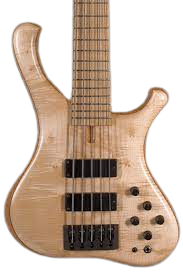
Your fingers are going to have to do a lot more stretching around the neck of the guitar. This will take some practice, especially if you’re not used to playing a guitar with more than four strings.

Five and six string guitars are really great to use if you’re looking to specifically play metal, heavy metal, or rock. Having the extra string will allow you to reach all of those lower notes without having to spend any time de-tuning and re-tuning your guitar.
A bass guitar is harder to play when it has more than four strings. You have more strings to control, and more strings to memorize when playing without looking. The strings get closer together, which makes playing certain styles, like slap bass, a lot more difficult.
The neck on the bass guitar gets wider with more strings. You will have a higher accuracy rate. This means that you have to do more stretching and reaching on the neck of the bass with your fingers. This can be tricky if you have smaller hands.
The first thing you will notice on any bass is the body. Not only does it need to look great and suit the style of your band but it also needs to feel good in the hands.
None of these bass styles are better or worse than any other. It all just comes down to exactly what you are playing
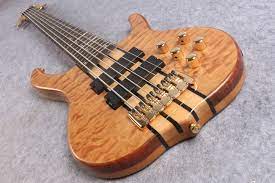
Bass Guitars
Guitar & Gear Articles














